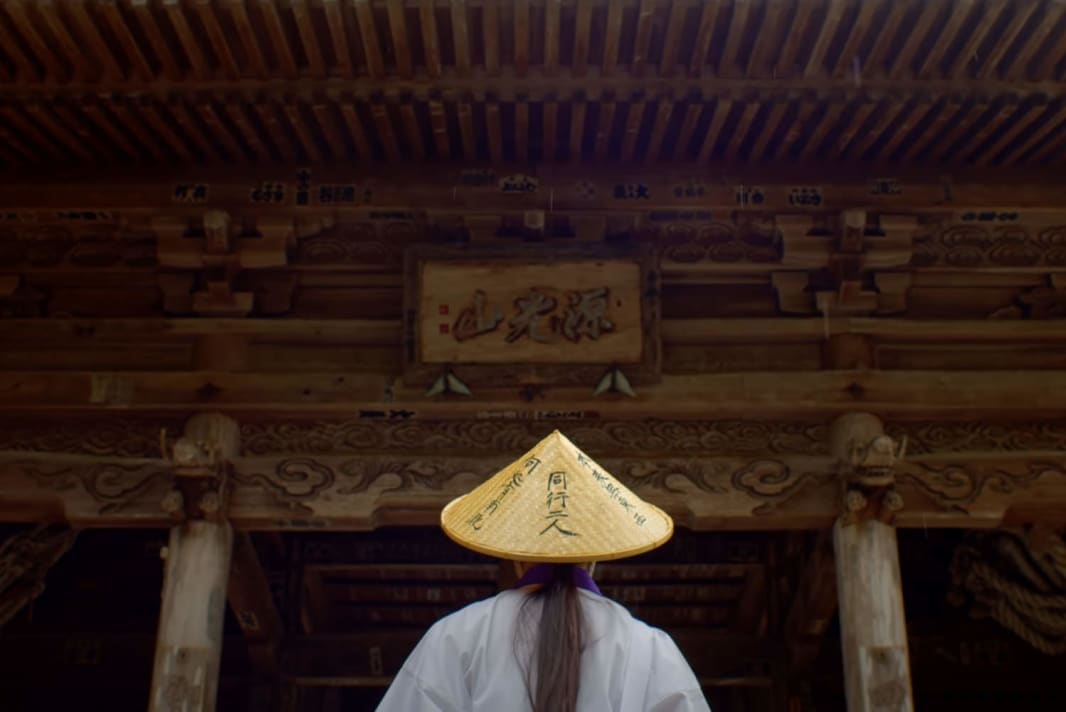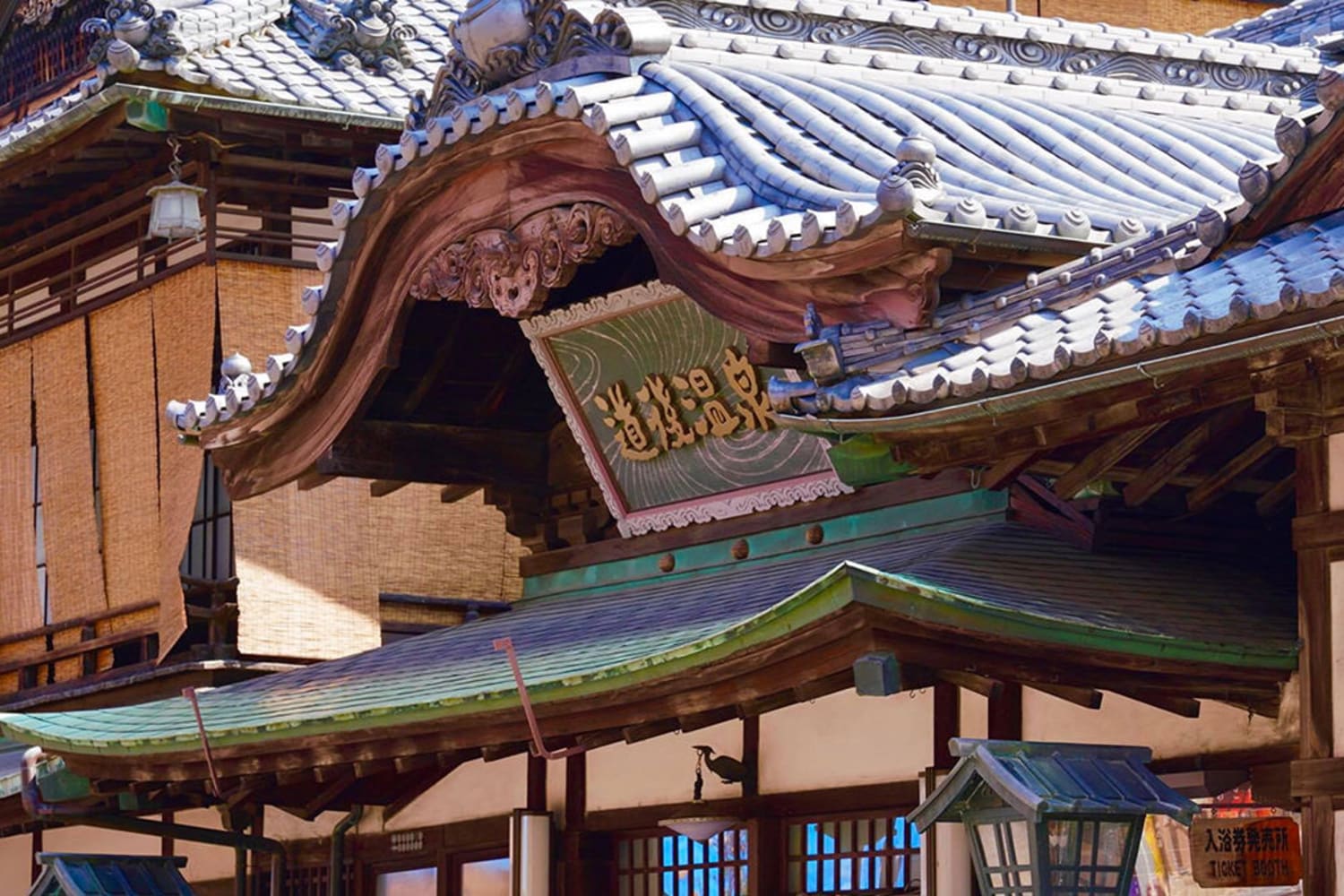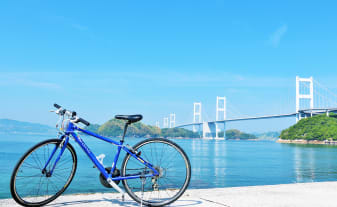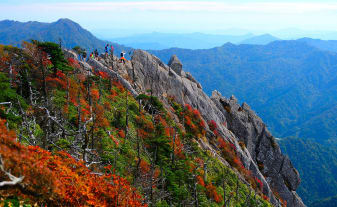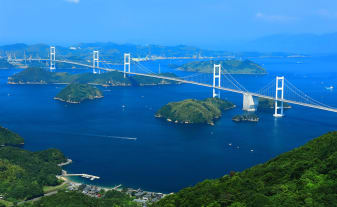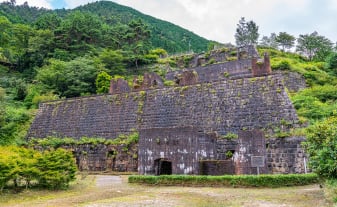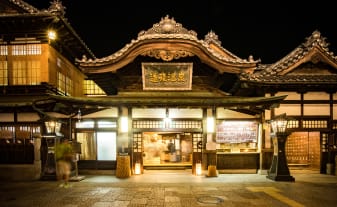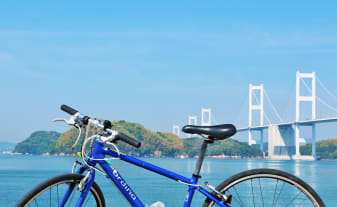 STORIES & GUIDES
STORIES & GUIDES
Time-honored history A treasure trove of refined Japanese culture
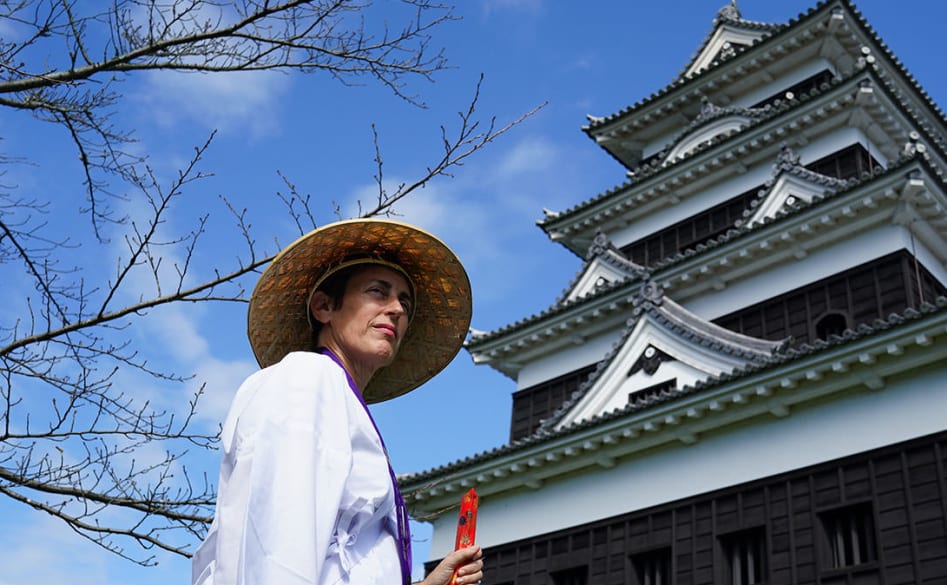
Many forms of cultural heritage have been passed down in Ehime Prefecture by the local people. For example, the iconic Matsuyama Castle in Matsuyama City and Ozu Castle, built on the riverside in Ozu City, are important examples of traditional Japanese castle architecture.
Dogo Onsen, one of the oldest hot springs in Japan, is highly regarded worldwide for the excellent quality of its waters. Furthermore, the temples of Iwayaji and Ishiteji on the Shikoku 88 Temple Pilgrimage are both unique and worth a visit.
The stunning and fantastic Saijo Festival and the vivid Niihama Taiko Festival will surely make unforgettable experiences.
-
Explore castles engraved in the history of Japan
There are many castles in Ehime Prefecture that are historically important. Matsuyama Castle, located in the center of Matsuyama City, was built in the late 16th century. Twenty-one different parts of the castle, including the castle tower, have been designated as Important Cultural Properties.
Several parts of the castle were destroyed due to fire and war. However, they were restored fully in wood, a practice rarely seen in Japan. You can take a ropeway lift up Mt. Shiroyama (also known as Mt. Katsuyama) to get to the castle at the summit. The castle even has its own mascot called Yoshiaki-kun, named after the first castle owner and military commander Yoshiaki Kato (1563–1631). He is very popular with visitors, and you may see him walking around the central square.
Ozu Castle, located about 50 km south of Matsuyama Castle, overlooks the Hijikawa River, and was built by Japanese feudal lords in the 1300s. The castle tower is a reconstruction that craftsmen completed using historical references such as 200-year-old maps, models, and photographs. There are about a hundred different souvenirs, including a commemorative stamp, that you can purchase at the castle. Plus, once a month, you can watch the castle-guard perform open musket practice.
Matsuyama Castle
Address
1 Marunouchi, Matsuyama City, Ehime Prefecture
Phone Number
+81 (0)899-21-4873
Ozu Castle
Address
903 Ozu, Ozu City, Ehime Prefecture
Phone Number
+81 (0)893-24-1146 -
Travel back in time at a traditional hot spring
Dogo Onsen is one of the oldest hot springs in Japan. It is even mentioned in the Nihon Shoki, the second-oldest book of classical Japanese history, compiled in the 8th century. Since long ago, Dogo Onsen has been widely known, appearing in many anecdotes and ancient stories, including the "Legend of the Shirasagi," about an injured egret that healed itself by bathing in the hot spring.
Hot spring water is beneficial for your health and skin. Dogo Onsen's alkaline water promotes smoother skin, and flows straight from the source, without any artificial reheating or diluting, which is rare in Japan. The main bathhouse also has a large taiko drum suspended from the ceiling. It is hit three times a day to tell the time, creating a unique atmosphere.
Dogo Onsen Honkan
Address
5-6 Dogoyunomachi, Matsuyama City, Ehime Prefecture
Phone Number
+81 (0)899-12-5141 -
Journey to unique temples on a grand pilgrimage
The Shikoku 88 Temple Pilgrimage comprises 88 Buddhist temples where the famous monk Kukai (774–835) is said to have visited. Traveling to all 88 locations is called "Henro," and more than 100,000 people complete the pilgrimage annually.
Of the 88 temples, 26 of them (no. 40 to 65) are in Ehime Prefecture. No. 45, Iwayaji Temple, is located on a mountain with an altitude of 700 m. The temple is surrounded by rocky mountains and ancient forests, which is rare among the Shikoku 88 Temple Pilgrimage sites. The mystical landscape of strange rocks is believed to have emerged from the seabed about 50 million years ago due to erosion and tectonics. There are also many rock caves in the huge cliffs behind the main hall of the temple, and it is said that many monks practiced sadhana in these caves a long time ago. The entire temple area is designated a National Scenic Spot.
Another highlight is the 51st temple, Ishiteji Temple. Six parts of the temple were designated Important Cultural Properties, including the Niomon (a National Treasure), the main hall, and the three-storied pagoda. In March 2009, the temple was awarded a star in the Michelin Green Guide Japan.
Iwayaji Temple
Address
1468 Nanatori, Kumakogen Town, Kamiukena District, Ehime Prefecture
Phone Number
+81 (0)892-57-0417
Ishiteji Temple
Address
2-9-21 Ishite, Matsuyama City, Ehime Prefecture
Phone Number
+81 (0)899-77-0870 -
Attend a colorful array of superb festivals
The Saijo Festival is held every October in Saijo City, Ehime Prefecture. The event is one week long, and features celebrations hosted by four shrines: Isono Shrine, Kamo Shrine, Iwaoka Shrine, and Iizumi Shrine. With a history of over 300 years, the Saijo Festival features more than 150 danjiri (wooden floats) and mikoshi (portable shrines). It is a gorgeous and spectacular tradition beloved by the local people.
The highlight of the festival is the fantastic kawairi (river crossing) ritual during the Isono Shrine Annual Festival on October 16th. About 80 danjiri and mikoshi are brought to opposite sides of the Kamo River in the afternoon. Once the sun sets and the lanterns are lit, teams attempt to carry the mikoshi across the river, while those carrying the danjiri try to stop them. Eventually, the mikoshi teams make the crossing, marking the end of the festival’s grand finale. It is an exciting experience that cannot be seen anywhere else.
Another must-see event is the Niihama Taiko Festival in Niihama City, which is also held in October. It is a magnificent festival, and was named one of the top three festivals in Shikoku, along with the Awa Odori Festival in Tokushima Prefecture and Yosakoi Festival in Kochi Prefecture.
The climax of the event is the "Kakikurabe," where 54 huge and intricately decorated floats carrying taiko drums are paraded through the city. Groups of men, called “kakio,” carry the 3-ton floats and compete to see which team is the best at raising and lowering their float to the beat of drums. Both the Saijo Festival and the Niihama Taiko Festival are amazing experiences in Japan that you shouln’t miss.
-
Cultural Heritage
-
Historic Sites & Monuments
-
Top Attractions
-
Temples
